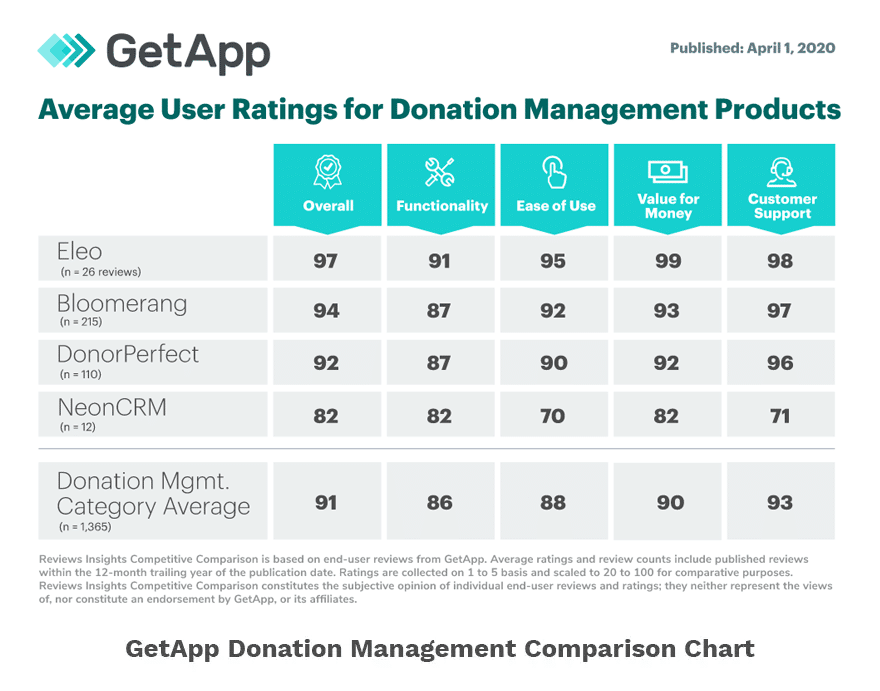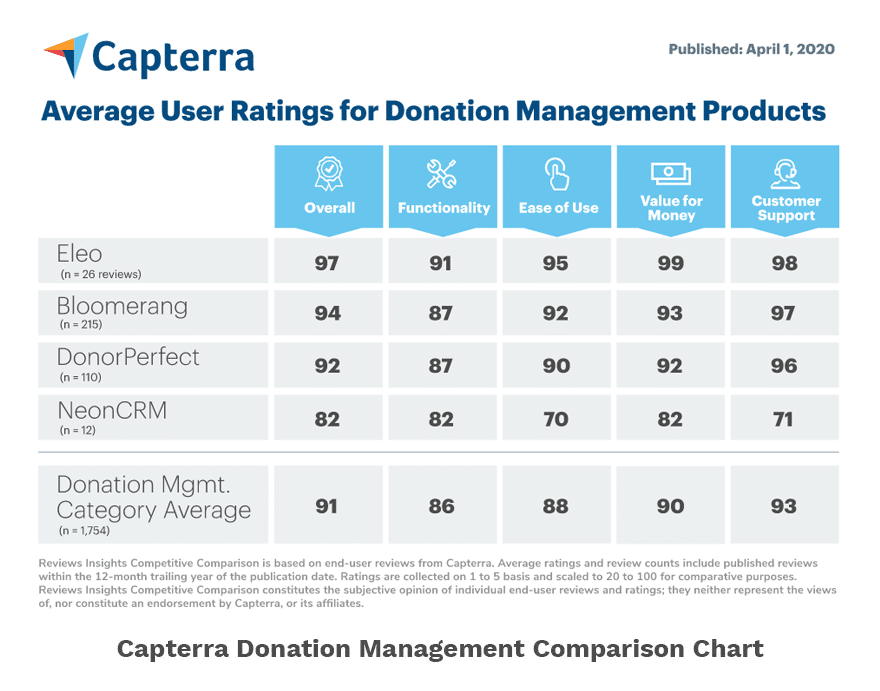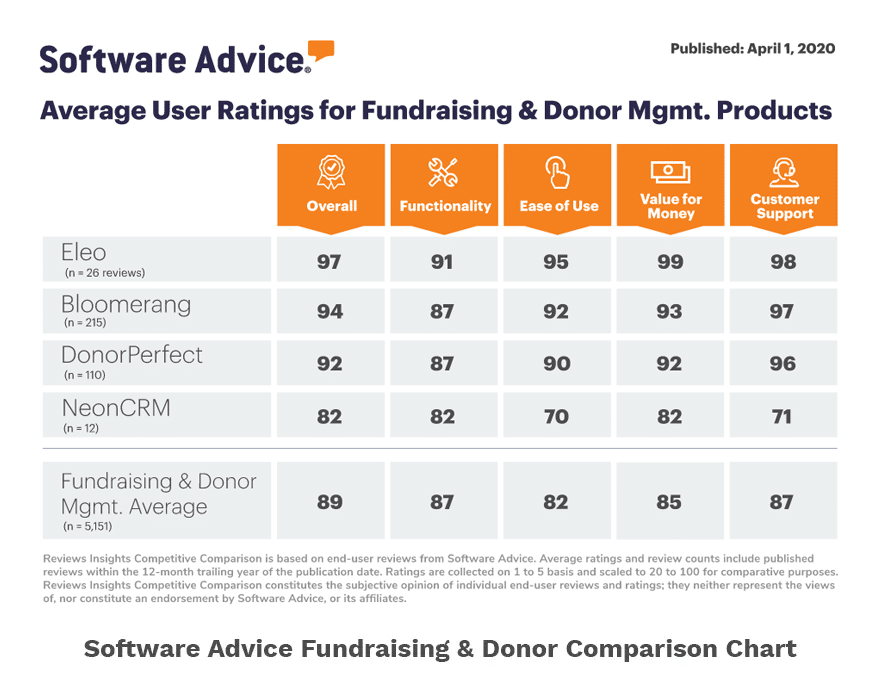
There are a ton of articles about how to structure your nonprofit annual appeal letter, how long it should be, what fonts to use, and other stuff related to format and appearance. This is not one of those articles.
This article is about what to say in your annual appeal letter, and what the message should and should not convey. We’ll focus on three key areas – the focus, the message and the wording.
Focus on the Donor
Your annual appeal letter is about your donors, not your nonprofit. It’s about how much their support is valued and reminding them about the critical role they play. It’s about what specific goals have been achieved and will be achieved with their support.
Give donors the credit for achieving those goals. Ultimately, their donations aren’t helping your nonprofit. They’re helping the people and causes your nonprofit supports.
This isn’t the time to say, “We do a lot of great work. That work shouldn’t be minimized.” Remember, this is fundraising time. The majority of donations for the year are made during the final weeks of the year. This is the time to focus on your donors and making sure their donations keep coming.
Get Specific with Your Message
Here’s a good test for your annual appeal letter. If your nonprofit’s name was removed, would donors still know it’s from you?
If the answer is “yes”, you’re in good shape. If not, the letter needs to be more specific. If another nonprofit could plug its name into your annual appeal letter and the letter would still be accurate, that’s a sign of a deeper problem. Just like a small business needs to be able to differentiate itself from competitors, so do nonprofits.
Your annual appeal letter should be consistent with your mission, but it needs to be more specific. You need to get to the core of what you do and why you do it, focusing on what compels the donor to give. Get into the details of your nonprofit’s current initiatives and incorporate relevant statistics where appropriate.
Lose. The. Jargon.
We can’t say this strongly enough. Insider jargon doesn’t make a connection with people. Nobody cares about acronyms. Even worse, donors might not understand them. Confusion and frustration are obstacles to giving.
If jargon and acronyms can help you make a stronger case in your annual appeal letter, find replacement words and phrases that people use in everyday conversation. As David Ogilvy, the original advertising mad man, once said, “Write the way you talk. Naturally.”
Similarly, nonprofit clichés like “make a difference”, “change the world” and “a tradition of (fill in the blank)” go in one ear and out the other. Nonprofit clichés are as stale and vague as business marketing clichés like “best service” and “friendly, knowledgeable staff”.
Instead, explain specifically how donors can help you make a difference and change the world. Instead of simply saying you have a tradition of something, prove it by giving specific examples.
You may not like to think of your annual appeal letter this way, but it’s marketing, plain and simple. In fact, it’s probably the most important marketing you do. If you want your nonprofit’s annual appeal letter to bring in donations, it has to be emotional, specific and donor-focused.





